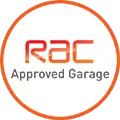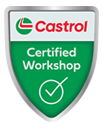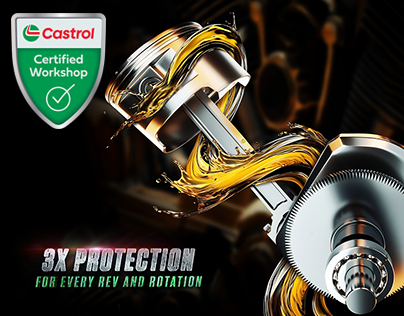Are you looking for 4 Wheel Alignment for your vehicle?
Our 4-wheel alignment machine is a state of the art, high precision John Bean 3D Digital Imaging system.
We chose the system because it is far superior to the out-dated and less accurate laser systems. We have also gone to the expense of having a specialist wheel alignment lift fitted which is wider than standard lifts and enables us to carry out wheel alignment on large 4×4 vehicles such as Audi Q7’s, Range Rovers and even light commercial vehicles.
The system is preloaded with manufacturer alignment specifications and we update the software regularly to make sure that we have the latest specs and new vehicle models- We also have the machine calibrated by Snapon every 12 months and self calibrate every 3 months in between to ensure its accuracy.
Wheel alignment problems can cause a variety of issues, which if not addressed, can lead to increased costs and decreased driver comfort.
The main symptoms of incorrect wheel alignment are one or more of the following
- Excessive wear to the inside, outside or both edges of the tyres
- Feathering to the tread of the tyres
- Steering wheel out of alignment
- Poor handling
- Heavy steering
- Vibration through the steering wheel
- Excessive wear to wheel bearings
- Increased fuel consumption
In many cases the symptoms can be hard to detect and go unnoticed. The above symptoms could, however, be indications of faults that do not relate to alignment.
What causes wheel alignment issues?
Your vehicles wheel alignment can be affected by many factors. Probably the most common causes are potholes and impacts with kerbs. If wheel alignment has been previously carried out by untrained technicians or on inferior or incorrectly calibrated equipment the alignment may have been set up wrong.
What will be checked?
A wheel alignment report will measure three main things…
Toe
How parallel your vehicles wheels are in relation to one another from above. Toe-In will cause wear to the outer edge of a tyre. Toe-Out will cause wear to the inner edge of a tyre.
Camber
The angle of your vehicles wheels in relation to the road from above. This optimises handling. Negative camber will cause wear to the inside edge of a tyre and wear suspension components. Positive camber will cause wear to the outer edge of a tyre and wear suspension components.
Castor
The angle of the steering pivot from the side. Castor needs to be equal for straight-line stability and to reduce pressure in the steering. Negative castor will cause instability at high speeds. Positive camber will cause hard steering and excessive road shocks through the steering wheel.
We would recommend that the wheel alignment be checked every 10,000 miles or 12 months - As an added bonus for our service customers, we carry out a free wheel alignment check with every service.
How much does 4-wheel alignment cost?
That does depend on what needs to be adjusted and what can be adjusted on your particular vehicle. A Full four wheel geometry check and adjust is £95.00
How long does it take?
It normally takes between 30 and 60 minutes to check and adjust. A check only takes around 15 minutes.



